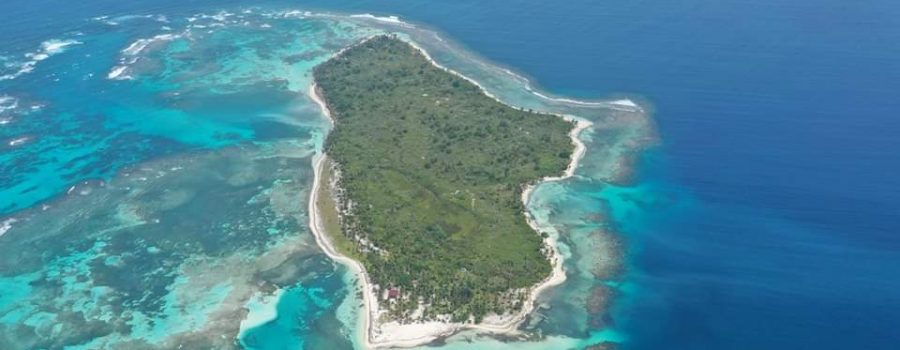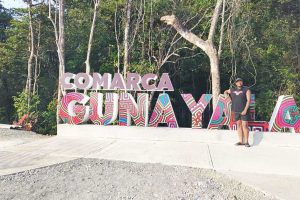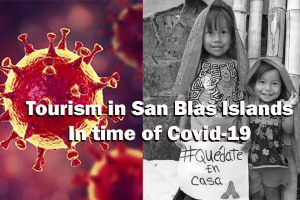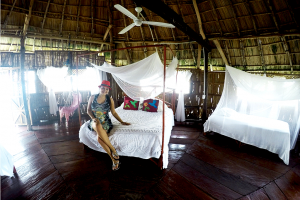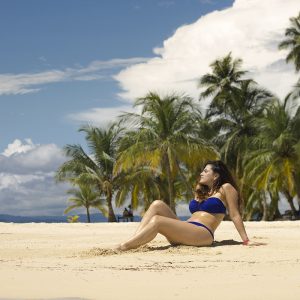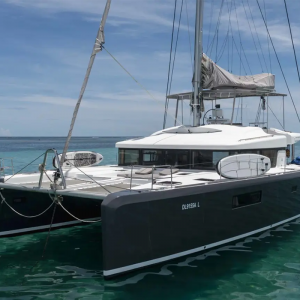Masargandup Island is an island of approximately 34 hectares, with 21 miles of beach, located to the north of the Gulf of San Blas (Guna Yala), Lemon Keys; whose sandy beaches attract every year, hundreds of Carey turtles to spawn and continue with the life cycle. The community groups that have grouped together to exploit tourism are conserving the species, as it is the natural source for naturalistic tourism. In 2015, they requested the biologist Marino Abrego to train them in matters related to the protection, conservation and research of Biodiversity in Coastal Marine Ecosystems.
In another side, to know the origin of the name of the Masargandup Island, we must go back to the 16th century, where Dadboler, A Guna guy who lived in a place that today is known as the Comarca Madungandí, Bayano. He moves out with his sons Mergui and Kolo to the islands where today it is known as the Dutch Keys (Mauki in the Guna language), looking for a fertile place to plant coconuts and fruits. Close to the Dutch Keys is where they find a huge island with plenty of white sugar cane (Masar Guala) and call it Masartupu where is later called Masargandup, which means White Sugar Cane Island.
The Society Iguadaili Nega Masargandup (which brings together Uggubseni partners) it’s projected to exploit naturalistic tourism. An important species is the Turtle Carey, it appears in the red book of the International Union for the Conservation of Nature, as a threatened species in critical condition. The capture and trade of these turtles and their by-products are illegal in many nations. The General Guna Congress has a moratorium on fishing for this tortoise.

The Alexandrain Laurel balltree, the second species that occurs on the Masargandup Island, although it is in a status of “minor concern”, we must stop cutting it; and start a program of regeneration and transplanting in other places of the Island, to use it as ornamental and for shade, since the warm environment requires shade for the visitors.
Thanks to Dr. Barry Hammel of the Missouri Botanical Garden, the scientific name of the tree “Calophyllum inophyllum” of the Clusiaceae family was identified. According to, Manual of Plants of Costa Rica, is an Asian plant, that occurs in the beaches, between 0 to 20 msnm. This plant occurs in the Islands of Costa Rica, East Africa, Madagascar, Tropical Asia, Oceania, and naturalized to the South of the USA. In Panama, it has been collected in the Canal area, Herrera, Panama and Veraguas (0-40 meters above sea level). It has hardwood, and is used in boat construction.
Finally, the Island Masargandup, until recently had as one of its inhabitants a lizard (Isgin in guna) (unknown species) with a size of 1 meter in length. Fear of these animals caused him to be killed last year.


